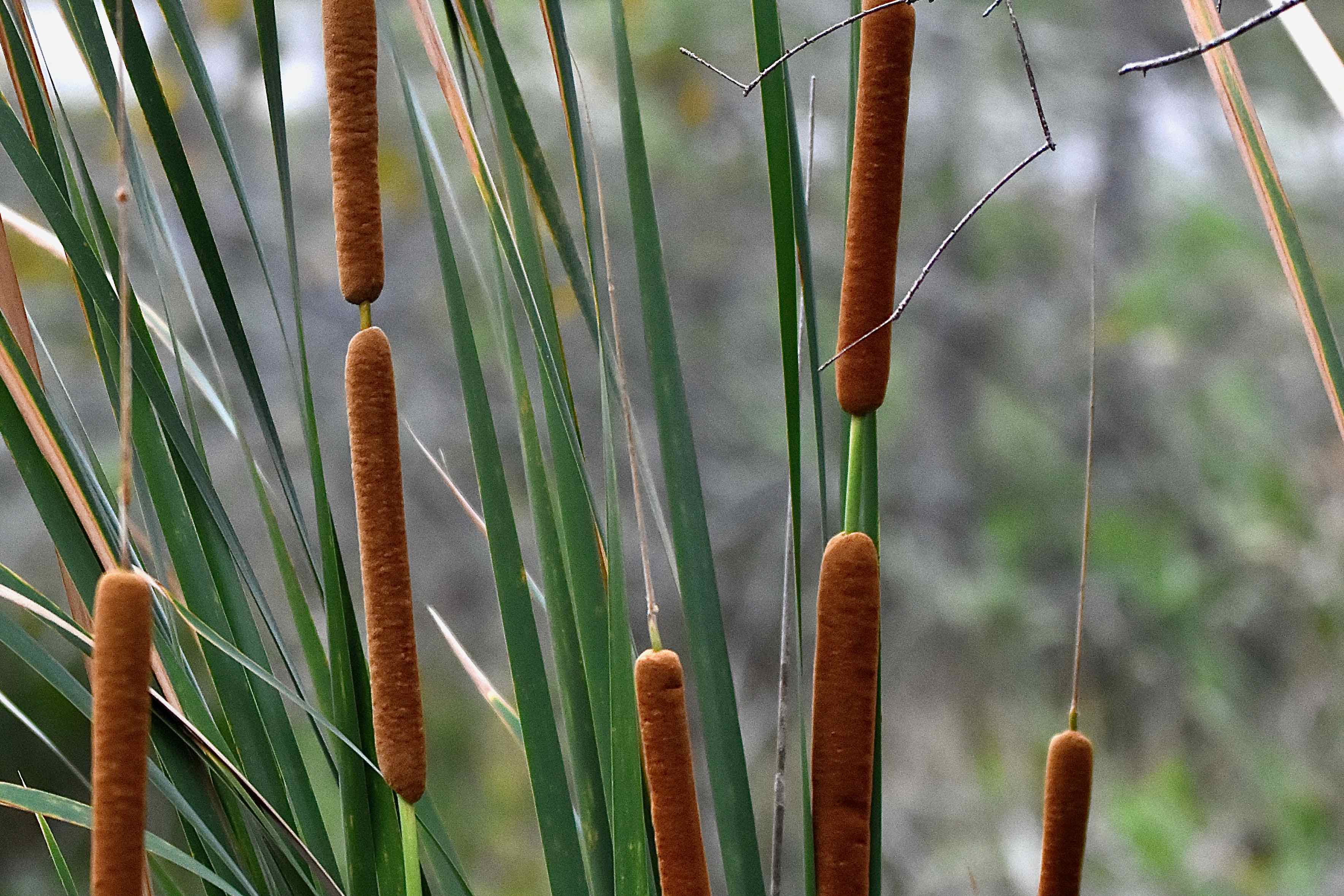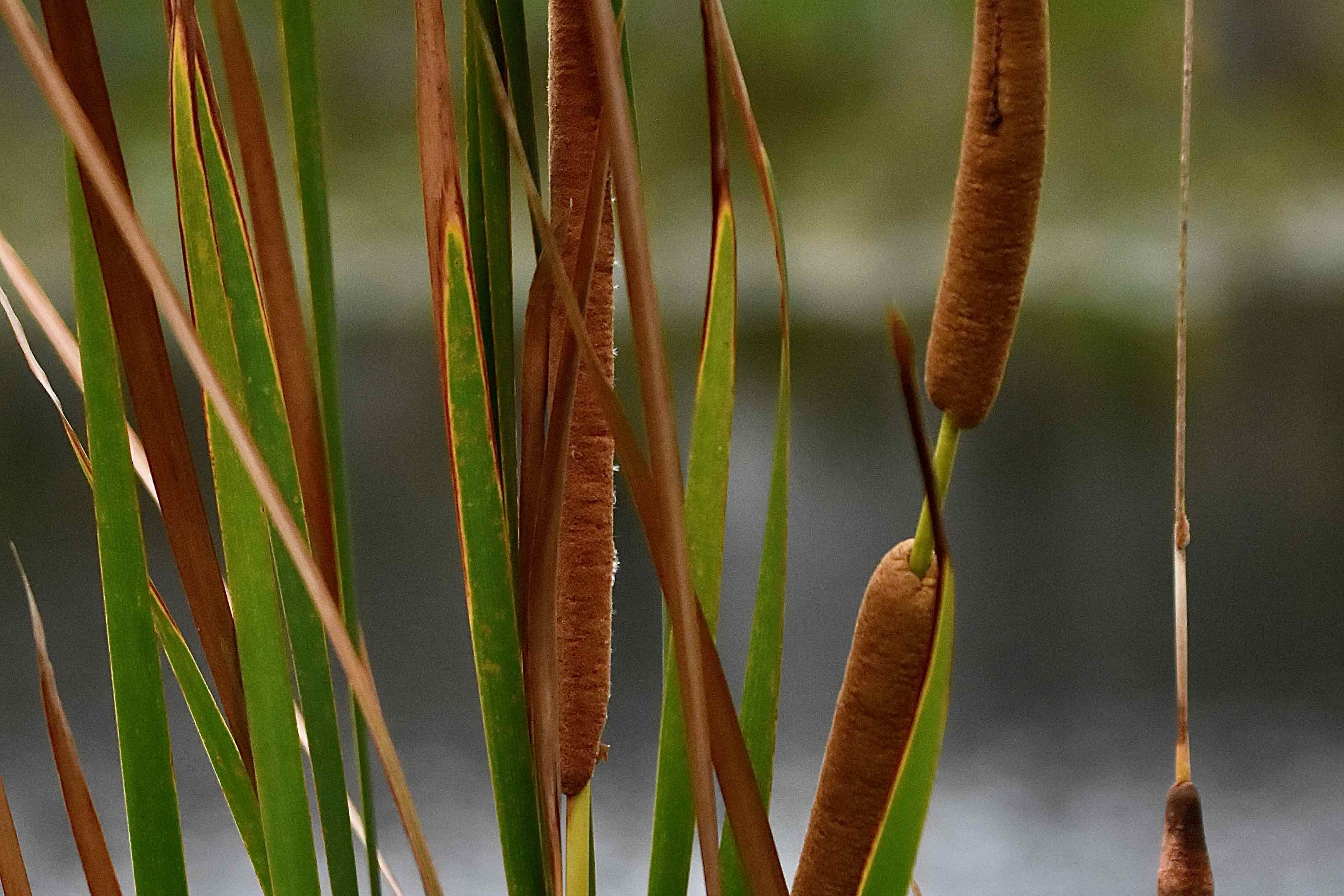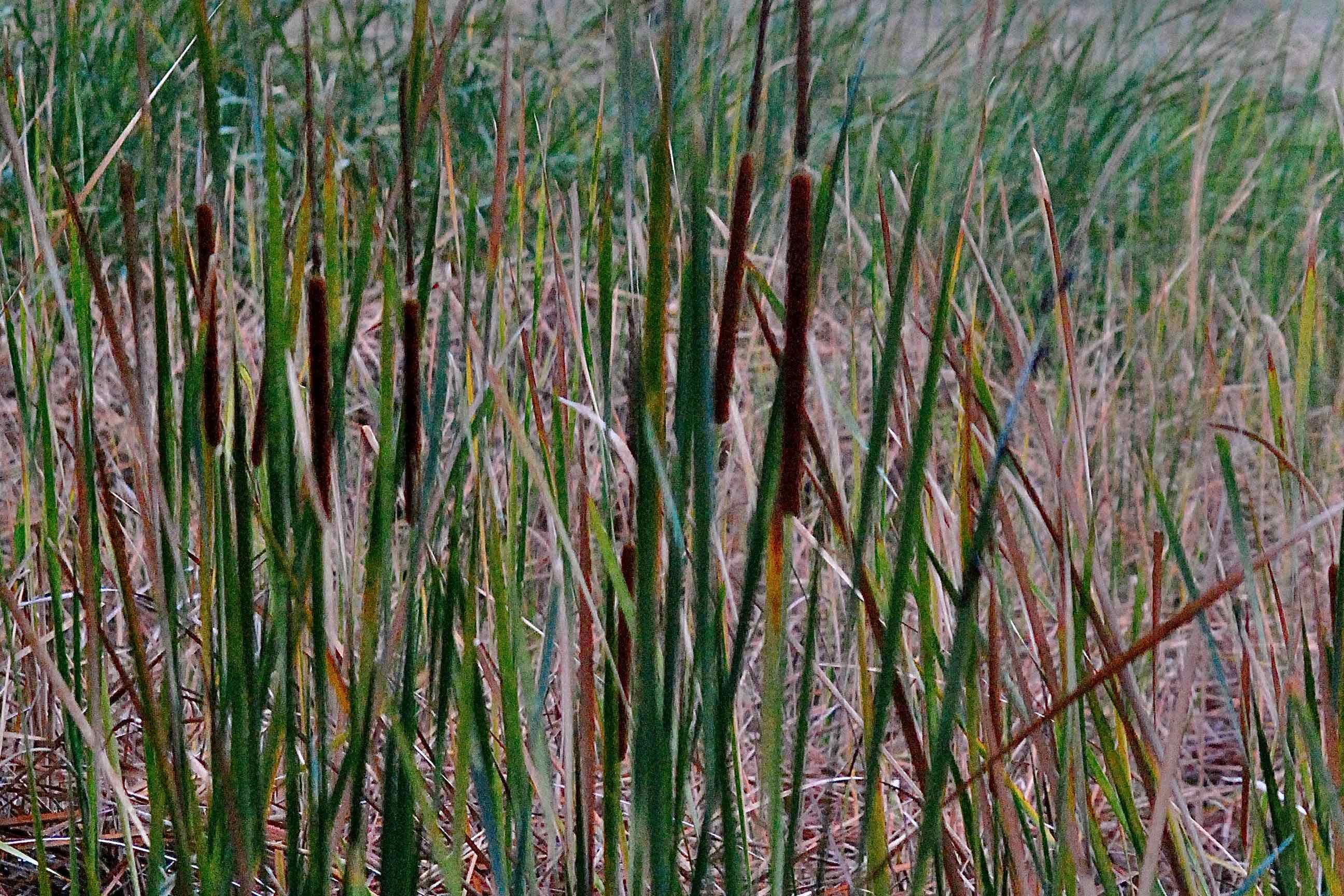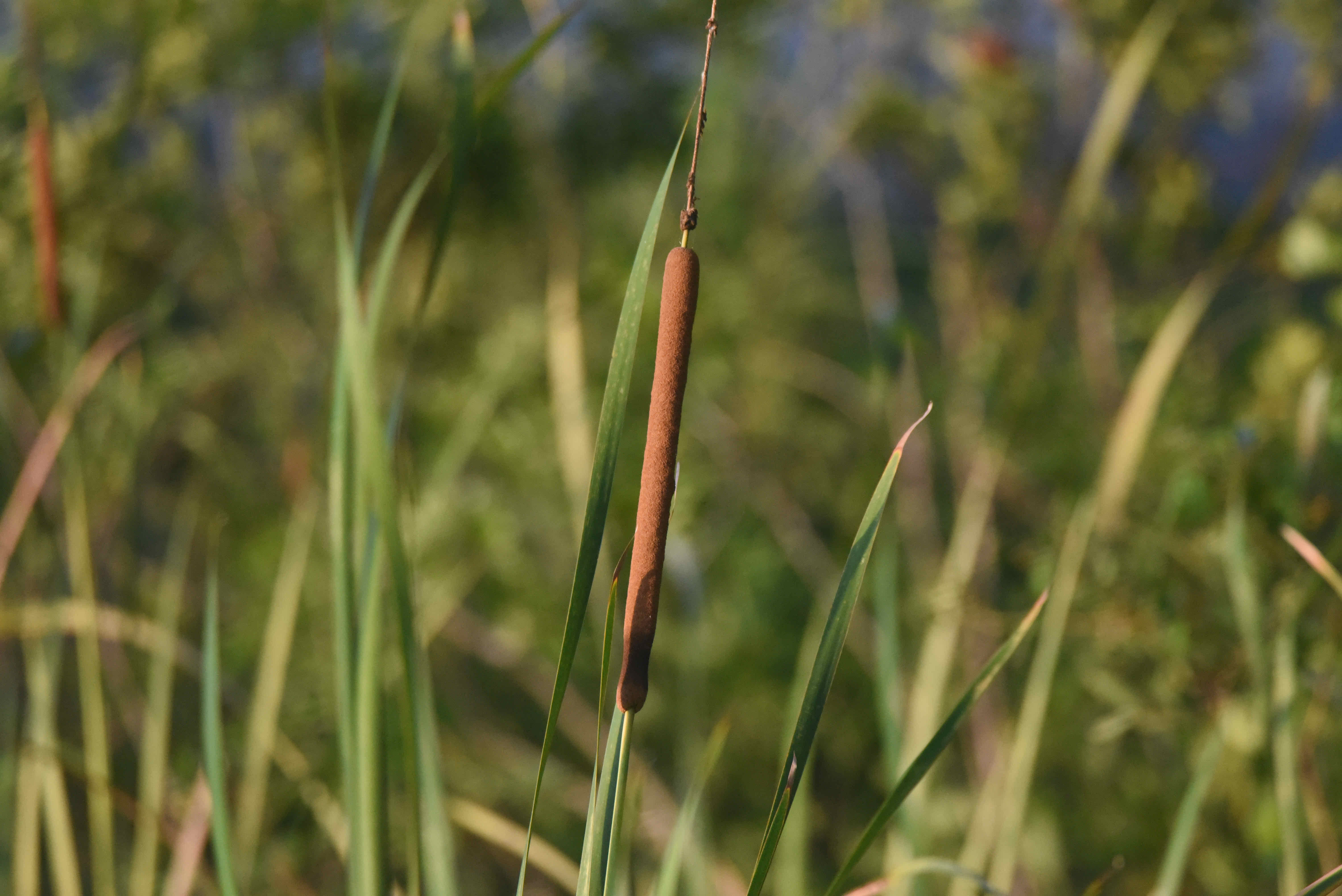
Southern cattails, photographed at Loxahatchee National Wildlife Refuge, Boynton Beach, Palm Beach County, in March 2017.
There is no wetland plant in the world more dominant than the cattail, and the dominant type of cattail found in our little corner of the globe is this guy, the southern cattail, Typha domingensis.
It's one of two cattail species native to Florida and the more common of the two found in the southern end of the Sunshine State. It's found in most of the Peninsula southward from Duval County into the Keys and westward into parts of the Panhandle.
It's also found as far north as Oregon, Wyoming, Ohio and Illinois. In Wyoming, it's so rare that it's only found in the vicinity of a hot springs in one county. Bermuda, the Caribbean, Mexico, Central America and South America are part of southern cattail's native range. It's an introduced plant in Hawaii and other parts of the globe.
Southern cattails is a tall plant, capable of reaching nine feet, with long, narrow leaves. What distinguishes cattails generally are the terminal brown flower spikes. The spikes are composed of many small flowers; What distingusihes southern cattails from common cattails, the other species found in Florida, are its two-part flowers. Southern has a split spike, with male flowers at the top, followed by a gap along the stem and then the female flowers below. That gap can be less than a half inch or as much as three inches. Common cattails has one continuous spike holding both male and female flowers. The two species can hybridize when growing in close proximity to each other. Blooming season is spring through summer.
Southern cattails have rhizomes, or underground stems, from which new shoots emerge. It is an aggressive grower, capable of forming large, dense colonies, especially in nutrient-rich soil. It's also moderately salt-tolerant and will invade brackish marshes as well as freshwater. The one constant need is water. Cattails' affinity for nutrients and water have made it a problem plant in the Everglades.
A combination of farm run-off and the region's system of canals that have disrupted the natural flow of water have caused the cattails population to explode and crowd out other plants normally present in the Everglades, especially sawgrass. On the other hand, cattails, along with other native plants, are being used in stormwater treatment areas — huge, artificial wetlands — to remove excess nutrients before sending runoff water into the Everglades.
All in all, however, cattails are one of the most useful plants on the planet, and southern cattails is no exception. The thick foliage provides cover for myriad animals, aquatic and otherwise. The rhizomes are an important source of food for mammals, such as muskrats, and waterfowl.
Every part of the plant is edible at one time or another. The Havasupal of the Southwest used the stalks and leaves as thatch and ate the ripening fruit the way we would eat corn. They made a face paint from the pollen and toy arrows from the stems. The Kawaiisu ate the green seeds, the stem base and the brown flowers. The Paiute made shingles and baskets; they used cattails to make duck decoys and as straps to hold thule boats together. (Thule is a type of sedge found in California.) And a zillion other things.
Other names for southern cattails include flags, rushes, bulrushes, cat o'nine tails, reed mace and Cossack asperagus. Also spelled cat-tails. It is a member of Typhaceae, the cattails family.



